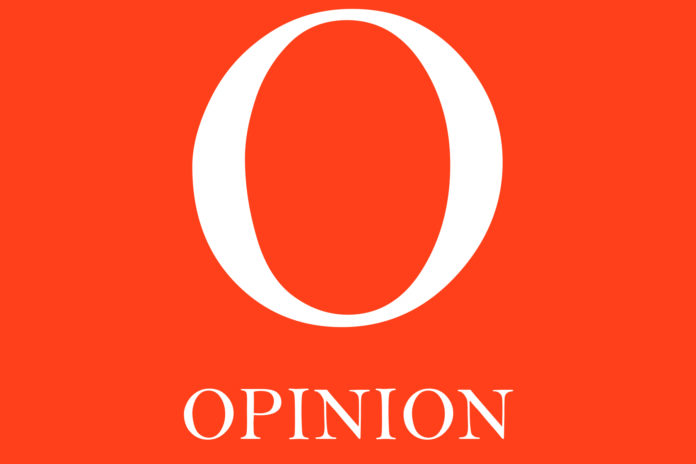Our View is a staff editorial produced collaboratively by the entire Rocket Staff. Any views expressed in the editorial are the opinions of the entire staff.
To review our editorial policy, which includes our blotter policy, click here.
Keeping up to date on the current happenings of the United States and elsewhere, is not inherently negative. However, when the bad news feels like an inescapable avalanche, it may be time to reflect on one’s consumption of media.
Reporter Eric Pooley said in New York magazine (1989) that news outlets aim to grab our attention by promoting the most shocking stories right on the front page, saying, “If it bleeds, it leads.” This stands true to this day.
At its core, news highlights the worst of the worst. Consuming media on a regular basis will affect you, consciously or subconsciously.
The Center for Treatment of Anxiety and Mood Disorders said negative news articles can induce anxiety as well as feelings of worry and stress. Other studies have found indirect effects on psychological distress, including an increase in stress levels and irrational beliefs.
Although not a medical term, psychologist Dr. Steven Stosny coined “headline stress disorder” to define the high emotional responses one feels after viewing endless media reports.
How to constructively consume news
Limit news intake and social media screen time. This is the main way to regain control over media consumption.
Be mindful of the fact that news is written in a way that is supposed to grab the reader’s attention. A fearful, tense or concerning headline is what keeps the news business running, according to The Center for Treatment of Anxiety and Mood Disorders.
Along with stepping away from the news, when digesting negative events becomes too difficult, turn to a friend or even a professional. Talking about it can ease nerves and help you make sense of the bad news.
We have seen a trend of narratives that were accepted as fact several years ago—Britney Spears being “crazy” in the 2000s, for instance—being revisited and labeled as problematic and insensitive. But this reflection only happened over 20 years after the fact.
News outlets are powerful methods of spreading factual, important information. But it can also be a way of unnecessarily catastrophizing events.
All news consumers must make a habit of rationalizing the news articles they read. The information is often overwhelming and worrisome. Keeping in mind something like, “The likelihood of x, y, or z happening is slim to none,” will take you a long way in regulating negative emotions toward bad news.
Desensitization
Desensitization to traumatic news can occur when consuming an overload of bad news. When the 611th shooting of 2022 hits the headlines, most do not even bat an eye at the injuries and/or deaths involved because it is such a regular occurrence.
It is all interconnected. With the overload of negative information comes desensitization to violence and/or tragedy. And with desensitization comes a lack of empathy and the unhealthy consumption of news.
It can be difficult to fully understand that the tragedies in the news are real and they affect real people.
To avoid desensitization, it is important to take occasional breaks from consuming media.
Echo chambers on social media
The term echo chamber refers to an experience where similar beliefs or opinions are reiterated, therefore eliminating opposing points of view or challenging, critical thoughts.
TikTok, Facebook and Twitter have become prominent examples of echo chambers.
Because of algorithmic advances in social media apps, someone’s TikTok feed may contain only one viewpoint about a topic, which reinforces that opinion rather than challenging it with diverse, differing points of view.
Social media users have a tendency to follow people that post content they are interested in or agree with. But this unintentionally can create an echo chamber. It is rare for someone to follow an account that challenges their beliefs.
Anyone with an account can post, and therefore share whatever message they choose. Many choose to follow the “if it bleeds, it leads” formula to get engagement.
This constant negative content keeps us in the chokehold of a harsh echo chamber.
This is not to discredit the positive echo chambers we may find ourselves in on social media. Many people also follow accounts that invoke positive feelings, such as meme accounts and animal pages, among others.
Media breaks are essential
Experts say the physical and psychological side effects of bad news can be lessened with a relaxing and/or positive activity. Take a break from scrolling through TikTok and take a look at some pictures of puppies. Listen to some of your favorite tunes.
People get stuck in a media loop because of the tiny computers we carry around. Turning them off will have a positive domino effect.
This is a media-centric generation, and it is all we have ever known. With that in mind, we must work on being able to balance educating ourselves on current news and knowing our own mental limits with negativity.







